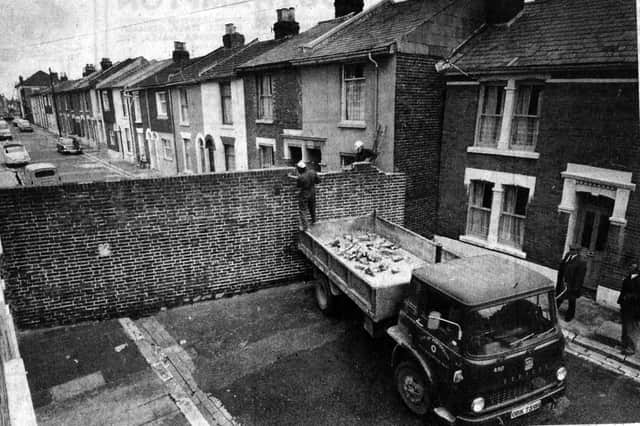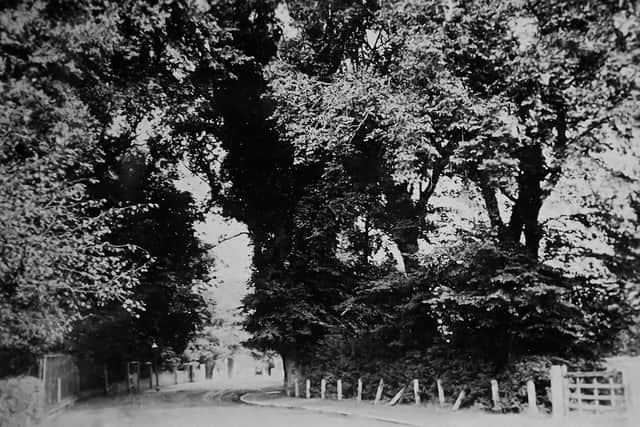New light shed on mystery of Portsmouth’s own Berlin Wall | Nostalgia


Turns out it had nothing to do with a Lady Morley but the timber merchant Bailey & Whites.
Highland Street was laid out running south from Highland Road in the 1860s. By 1877 the whole of Highland Street houses had been built.
Advertisement
Hide AdAdvertisement
Hide AdThe land to the south was still undeveloped fields with a few gravel and clay pits for the housing built or being built in the vicinity.


On May 15, 1906, a 10ft high wall was built by Bailey & Whites at the southern end of Highland Street cutting it off from the road being built to the south. (Highland Street was a road adopted by the council so it could only be stopped up on their authority.)
By 1911 most of the Morley Road houses that had been built in 1908 by Henry Clark, were owned by Bailey & White, after Henry Clark went bankrupt owing Bailey & White money for building materials.
In 1920 the residents of Highland Street raised a petition to have the wall removed. In 1921 the local councillor queried what was being done with the roads and works committee and was told nothing had been done. So for the second time the council ignored the issues caused by the wall.
Advertisement
Hide AdAdvertisement
Hide AdOn December 18, 1962, the Evening News’ local history correspondent, James Bayes, noted that he had been told by a 78-year-old retired marine that Lady Morley owned the estate and caused the wall to be raised. This was the first mention of Lady Morley and no trace can be found of her owning land in the area or living there.
So the blame should be laid at the door of Bailey & White and the roads and works committee not the mythical Lady Morley.
Some of the houses in Morley Road have been demolished and replaced with blocks of garages as they were subsiding into the former gravel pits that Henry Clark had presumably failed to fill in adequately. The mystery remains as to why Bailey and White put the wall up. In none of the other roads they developed or extended was a wall built, maybe they got away with it once and thought better of trying again.
Mr Pomeroy adds: ‘A fuller account of the findings will hopefully be available later when we update the Eastney/Highland Road WEA Booklet of which I am editor.’
Advertisement
Hide AdAdvertisement
Hide Ad• Above is a marvellous turn-of-the-last-century view along Milton Lane, Milton, which is now Locksway Road. The towering elm trees tells us why it was, and still is, called by senior residents, Milton village.
• If there any readers who remember Peel’s Farm at Wymering, please let me know. Thank you.
Comment Guidelines
National World encourages reader discussion on our stories. User feedback, insights and back-and-forth exchanges add a rich layer of context to reporting. Please review our Community Guidelines before commenting.